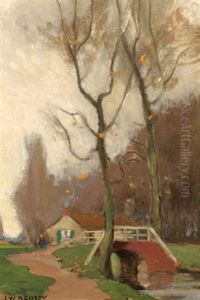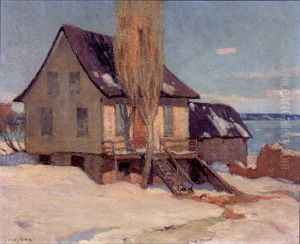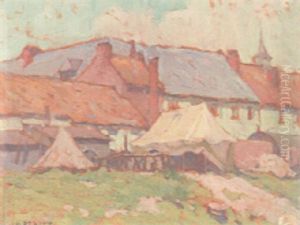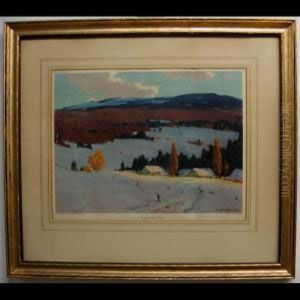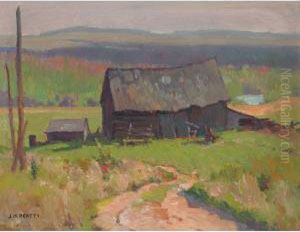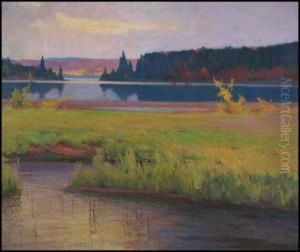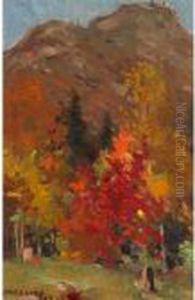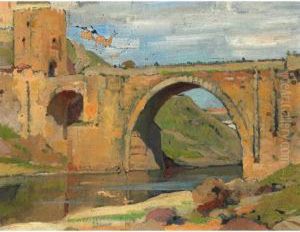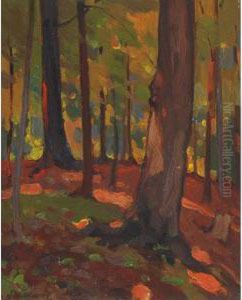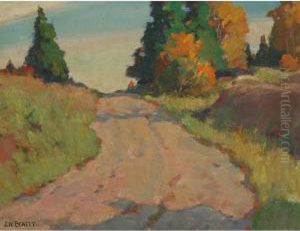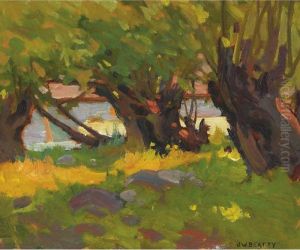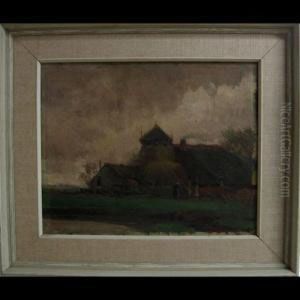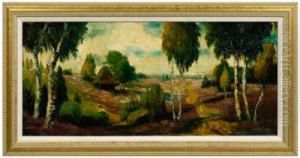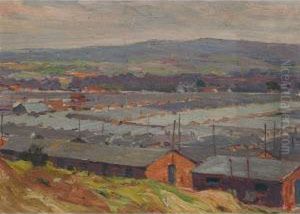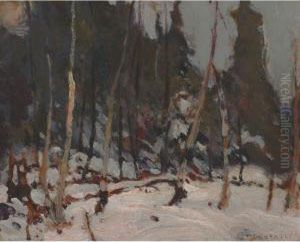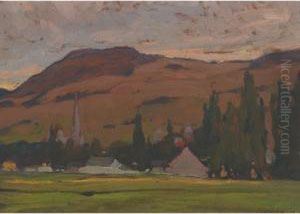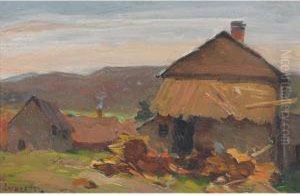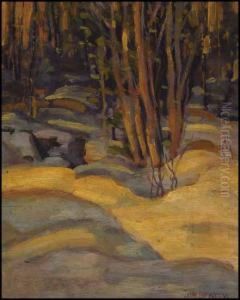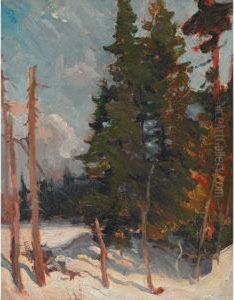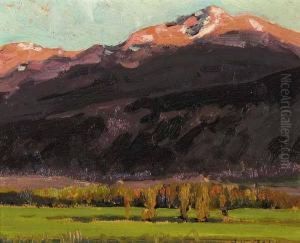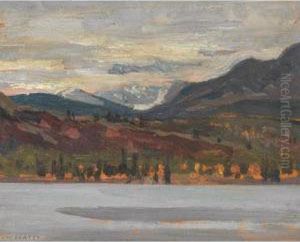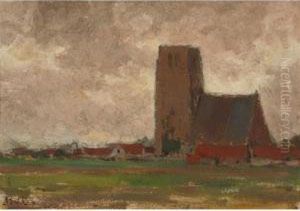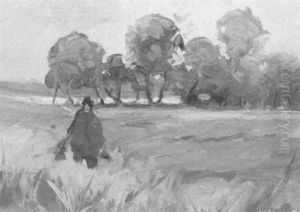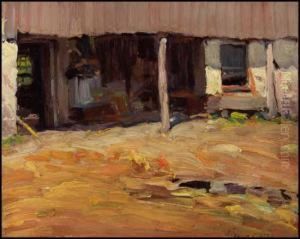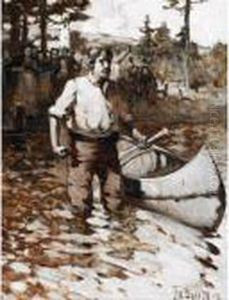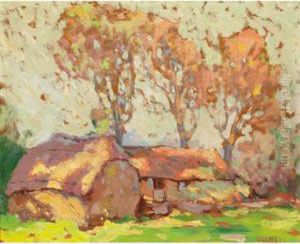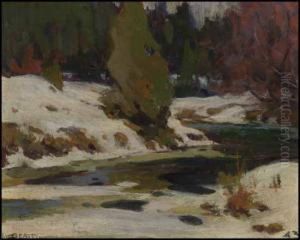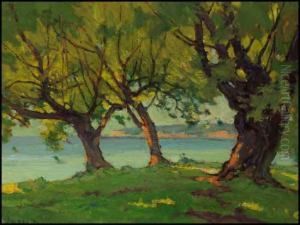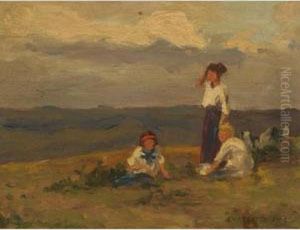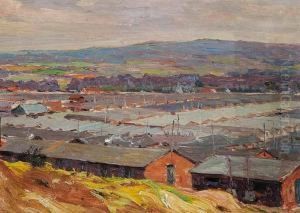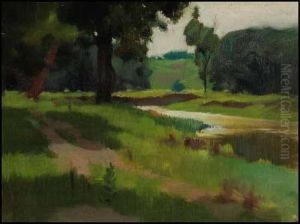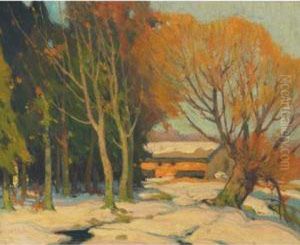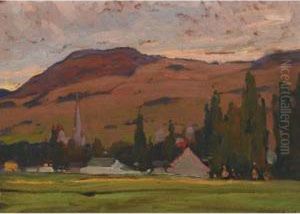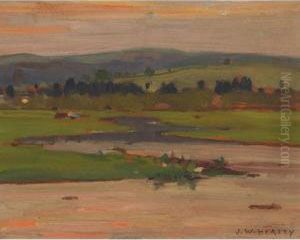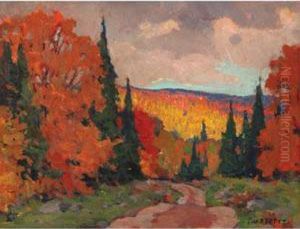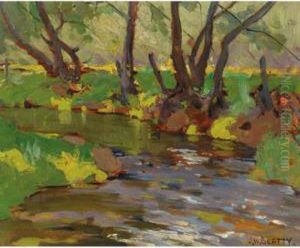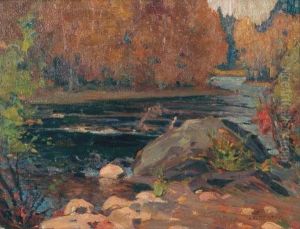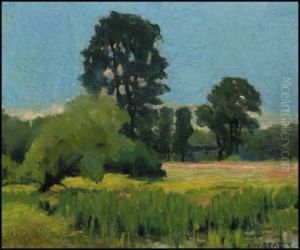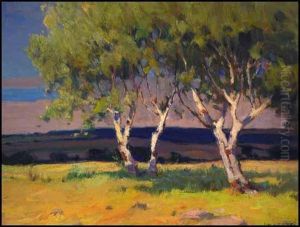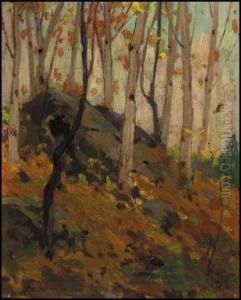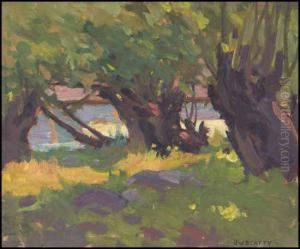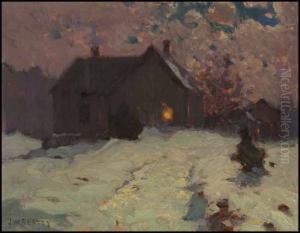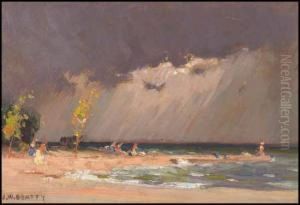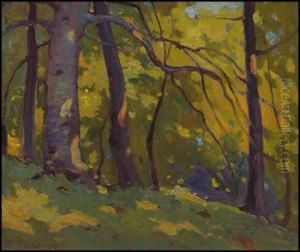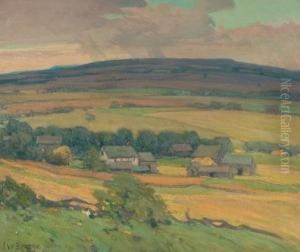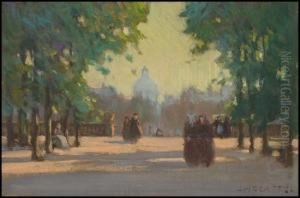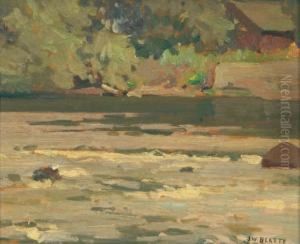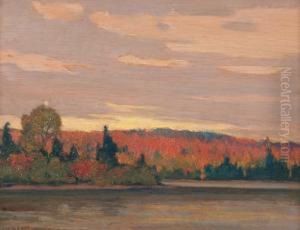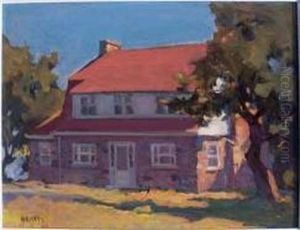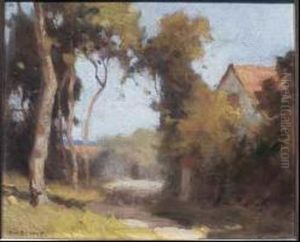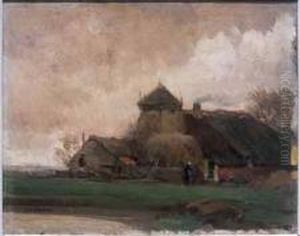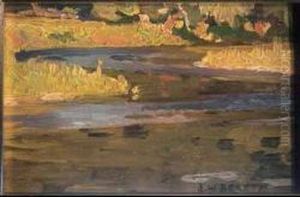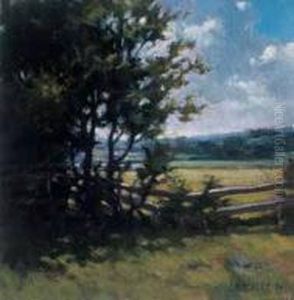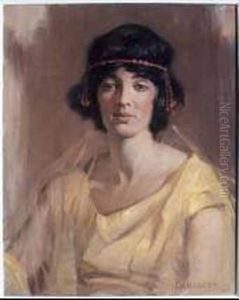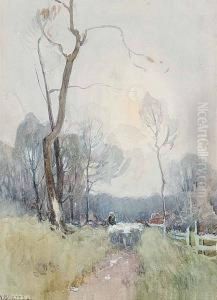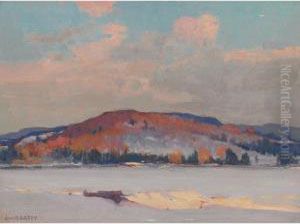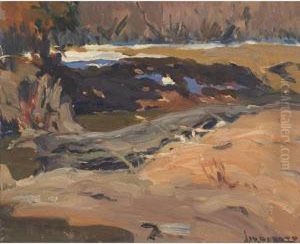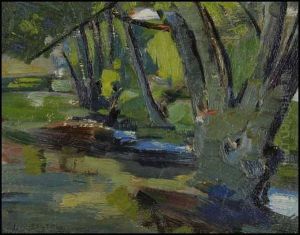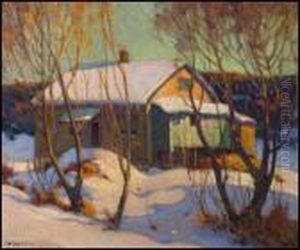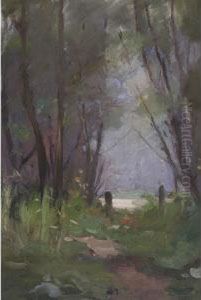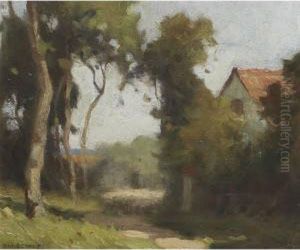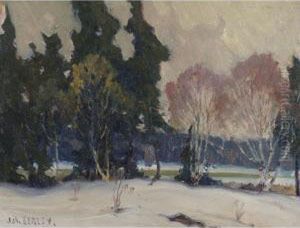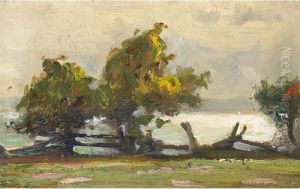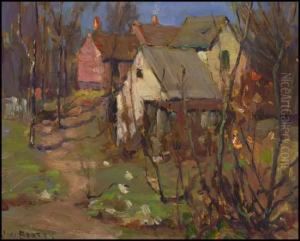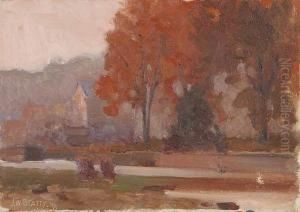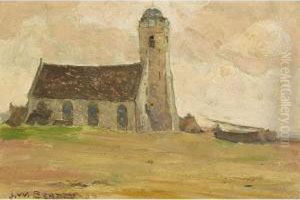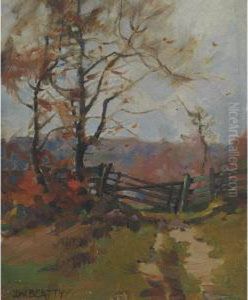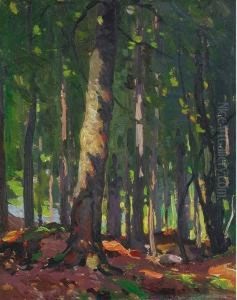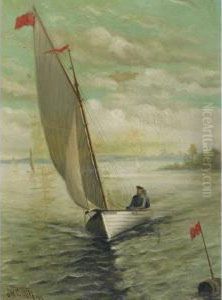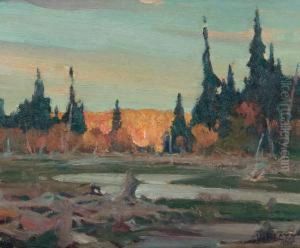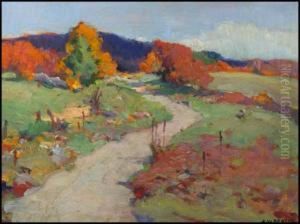John William Beatty Paintings
John William Beatty was a Canadian artist known for his landscape paintings and his contributions to the development of art in Canada. Born on October 10, 1869, in Toronto, Ontario, Beatty showcased a penchant for art from an early age. He studied at the Ontario School of Art, where he was influenced by the techniques and styles of European and Canadian art.
Beatty furthered his education abroad in Paris at the Académie Julian and the École des Beaux-Arts, where he was exposed to the works of contemporary French artists. This experience greatly influenced his painting style, which combined elements of Impressionism with a distinctly Canadian sensibility.
Upon returning to Canada, Beatty became an active member of the Canadian art community. He was a founding member of the Canadian Art Club and participated in exhibitions with the Royal Canadian Academy of Arts. His work during this period often depicted the rugged Canadian landscape, particularly scenes from the Ontario wilderness and the Algonquin Park, which he helped popularize as a subject for Canadian artists.
During World War I, Beatty served as an official war artist, capturing the Canadian effort in the conflict. His war paintings are noted for their historical value and artistic merit, providing a vivid document of the Canadian experience during the war.
After the war, Beatty continued to paint and became involved in art education. He was appointed as the first director of the Ontario College of Art (now the Ontario College of Art and Design University) in 1912 and served in that capacity until 1933. Under his leadership, the college became a significant institution for the training of Canadian artists.
Beatty's influence extended beyond his roles as a painter and educator. He was instrumental in establishing art galleries and promoting public support for the arts in Canada. His dedication to the development of Canadian art was recognized by his peers and the public alike.
John William Beatty's legacy is preserved in his works, which are part of collections in major Canadian museums and galleries. He passed away on September 30, 1941, leaving behind a body of work that continues to be celebrated for its contribution to the Canadian artistic heritage.
